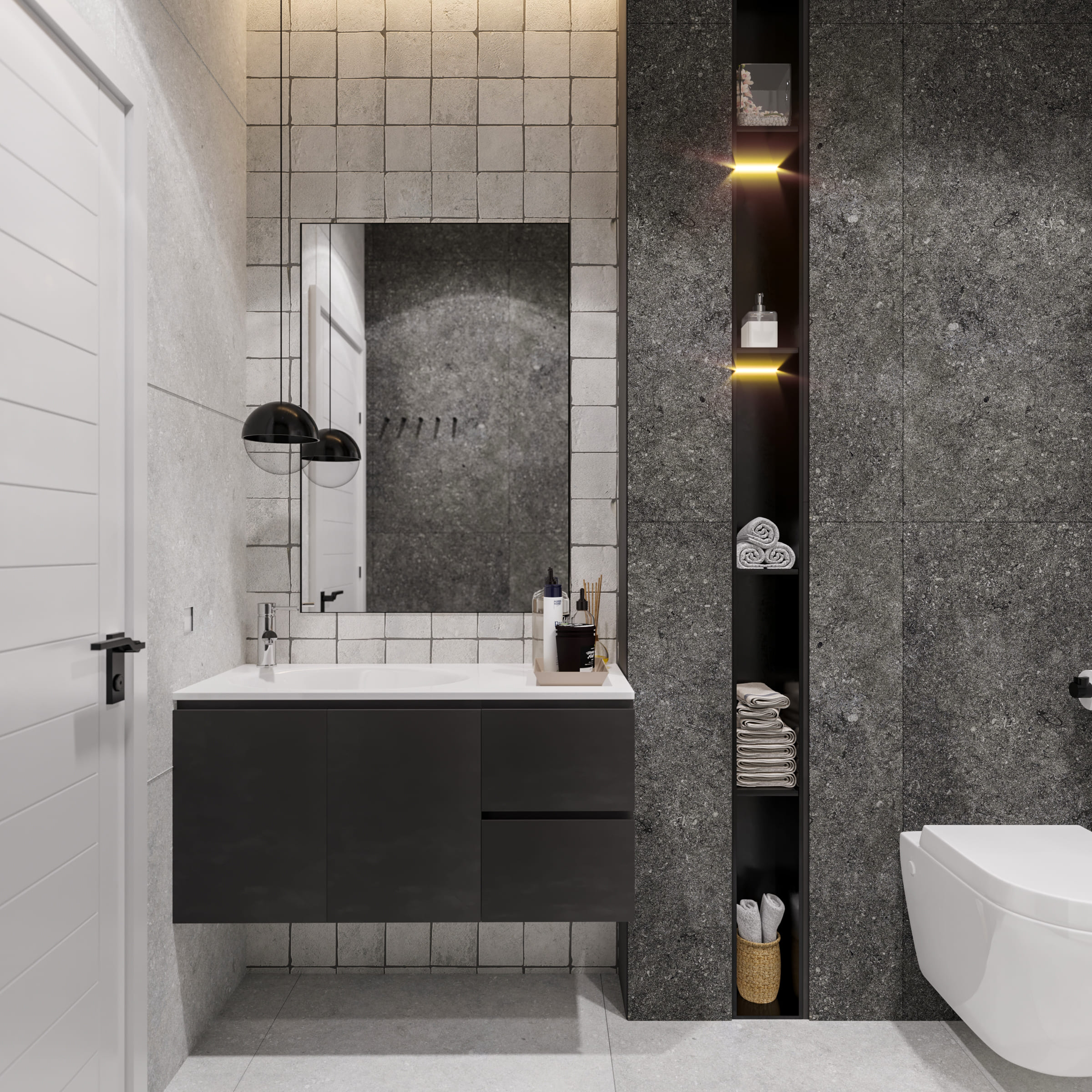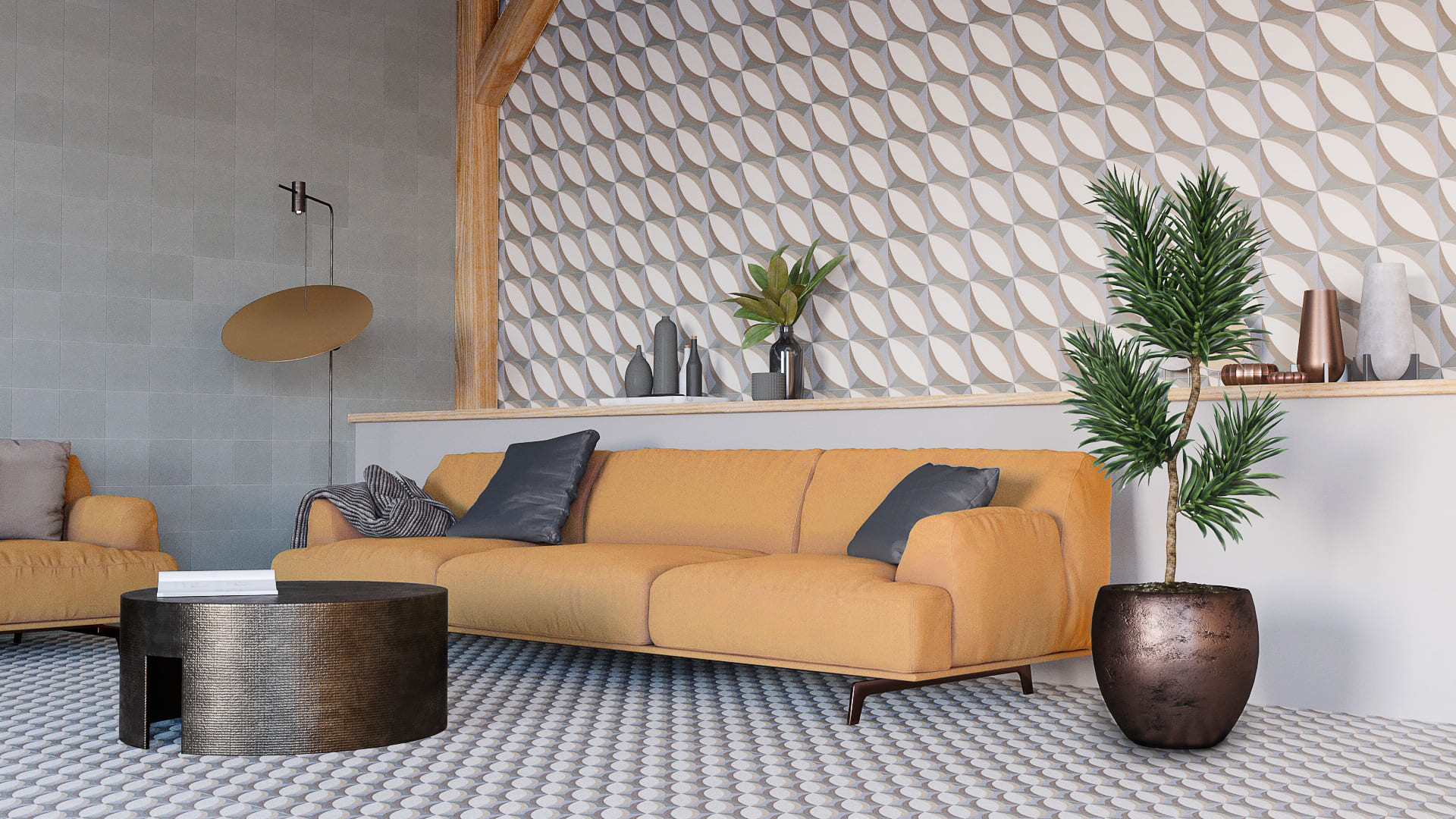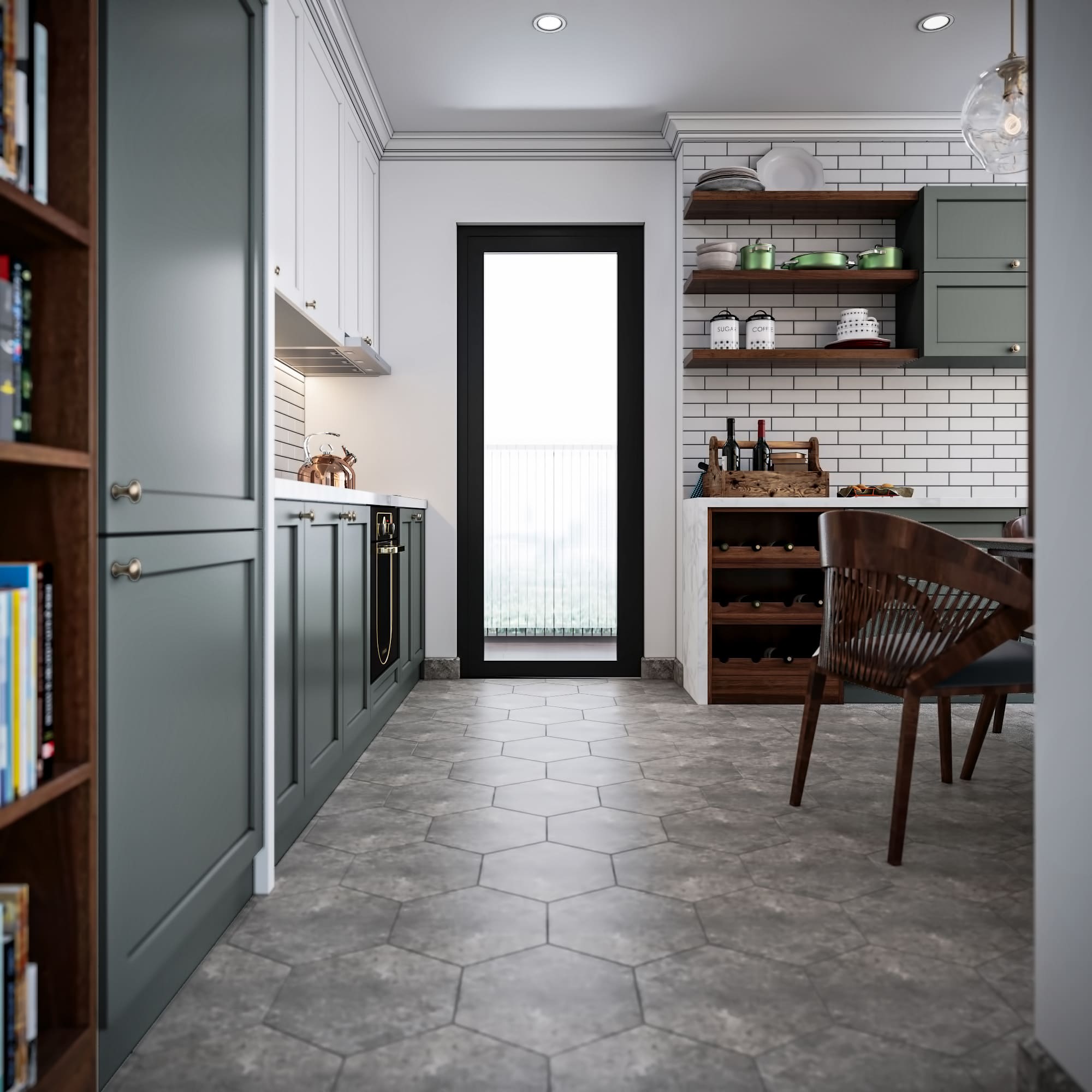The Challenges and Solutions of Photorealistic Interior Rendering for Complex Scenes and Materials
Photorealistic interior rendering is a captivating and essential aspect of architectural visualization, offering the ability to showcase intricate designs and materials lifelike. However, new challenges require innovative solutions as scenes and materials become more complex. This article will explore professionals' challenges when dealing with intricate settings and materials in photorealistic interior rendering. We will explore how these challenges can be tackled to achieve stunning visual outcomes that captivate clients and stakeholders alike.
1. Introduction: Navigating Complexity in Photorealistic Interior Rendering
Creating photorealistic interior renderings involves transforming a design concept into an image that appears so natural it's almost indistinguishable from a photograph. The rendering process becomes more demanding as designs become more intricate, with detailed furniture, complex lighting setups, and various materials. Achieving realism while maintaining efficiency requires a thorough understanding of the challenges and the use of innovative techniques.
2. Challenge: Handling Complex Scenes with Numerous Elements
Complex interior scenes often have furniture, decorations, and various design elements. These intricate scenes can be demanding on hardware and software, leading to longer rendering times and potential performance issues. Rendering a location with numerous light sources, textures, and geometry can strain even high-end systems.
To mitigate this challenge, professionals can utilize techniques such as optimizing geometry by using proxies or instancing. Brokers allow for placeholders of complex objects, reducing the computational load. Additionally, breaking down the scene into layers and rendering them separately, then compositing in post-production, can speed up the process and offer more control.
3. Challenge: Realistic Materials and Textures in Complex Designs
Creating realistic materials and textures is crucial for achieving photorealism. Complex designs often feature a wide range of materials, such as glass, metal, fabric, and wood, each requiring meticulous attention to detail. The challenge lies in accurately capturing each material's reflectivity, transparency, and subtleties.

Image from Yousee Studio
One solution is to leverage advanced material libraries that offer pre-configured settings for various materials. These libraries often include parameters such as glossiness, roughness, and transparency, which can be adjusted to match the design's intent. Furthermore, using high-quality texture maps and employing procedural textures can enhance the realism of materials even further.
4. Challenge: Lighting Complex Scenes for Realistic Ambiance
Lighting is a cornerstone of photorealistic rendering, and complex scenes demand careful consideration of light sources and their interaction with materials. Achieving realistic lighting can be challenging, primarily when intricate scenes feature a mix of natural and artificial light, reflections, and shadows.
To overcome this challenge, professionals can employ techniques such as using High Dynamic Range Imaging (HDRI) for environment lighting, which captures a wide range of lighting conditions and contributes to a more realistic ambiance. Additionally, utilizing physically-based lighting models and setting up natural light fixtures can enhance the accuracy of the lighting simulation.
5. Challenge: Rendering Complex Materials with Subsurface Scattering
Certain materials, like fabrics, organic materials, and translucent objects, exhibit subsurface scattering. This effect, which simulates how light penetrates and scatters within a material, can be complex to replicate convincingly.

Image from Yousee Studio
Professionals can leverage advanced rendering engines that offer built-in subsurface scattering features to address this challenge. These engines allow users to control the scattering parameters and accurately depict materials like skin, wax, and marble. By adjusting parameters such as scattering radius and density, artists can achieve lifelike effects that enhance the realism of complex scenes.
6. Challenge: Managing Render Noise and Quality
Complex scenes often require longer rendering times to achieve high-quality results. However, longer rendering times can increase render noise, especially when using advanced techniques or attaining high levels of realism. Render noise can degrade image quality and make the final output appear grainy.
To tackle this challenge, professionals can implement noise-reduction algorithms provided by rendering software. Techniques such as denoising filters can be applied during or after rendering to reduce noise while preserving the overall image quality. Additionally, using render farms or distributed rendering can help spread the computational load and speed up the rendering process.
7. Challenge: Optimizing Rendering Settings for Efficiency and Quality
Optimizing rendering settings is essential to balance rendering speed and output quality. Complex scenes can require significant computational power, leading to longer rendering times. Finding the correct locations to achieve both efficiency and high-quality results can be challenging.
One solution is experimenting with different rendering settings to identify the optimal configuration for the specific scene. This includes adjusting parameters such as sample rates, ray bounces, and global illumination settings. Additionally, adaptive sampling techniques can allocate more samples to highly complex areas, reducing noise and faster convergence.
8. Challenge: Addressing Light Bleed in Complex Scenes
Light bleed, also known as color bleeding or caustics, occurs when light bounces off surfaces and affects the color and illumination of nearby objects. Controlling light bleed can be challenging in complex scenes, especially those with intricate materials and light sources.
To mitigate light bleed, professionals can use techniques like setting up light blockers or adding geometry to prevent light from reaching unintended areas. Additionally, adjusting material properties such as reflectivity and transparency can help control the extent of light bleeding. Post-processing techniques like rendering passes and compositing can isolate and change lighting elements individually.
9. Challenge: Utilizing Post-Production Techniques for Enhancement
Post-production is crucial in enhancing the final render by adding effects, adjusting colors, and refining details. Complex scenes often benefit from post-processing techniques, allowing fine-tuning and artistic adjustments.
One practical approach is to render different passes or layers separately and then composite them in post-production software. This provides greater control over individual elements such as lighting, reflections, and shadows. Color correction, depth of field effects, and subtle imperfections can all contribute to a more photorealistic outcome.
10. Solution: The Role of Advanced Rendering Engines
Advanced rendering engines are pivotal in addressing the challenges of photorealistic interior rendering for complex scenes and materials. These engines offer features like global illumination, ray tracing, and physically-based materials that enhance the realism of the render. They also provide intuitive interfaces and presets that simplify the process while maintaining flexibility for customization.

Image from Yousee Studio
One of the leading rendering engines is Enscape, which seamlessly integrates with popular design software like SketchUp. Enscape's real-time rendering capabilities allow designers and architects to visualize complex scenes instantly and make informed decisions before the final render. The engine's intuitive interface empowers users to achieve photorealism without an exhaustive learning curve.
11. Conclusion: Mastering Complexity in Interior Rendering
Photorealistic interior rendering for complex scenes and materials presents challenges that demand creativity, technical expertise, and innovative solutions. Professionals can produce captivating visuals that showcase intricate designs with realism by addressing issues related to scene complexity, materials, lighting, and rendering settings.
While challenges may arise, viewing them as opportunities to refine one's skill set and push the boundaries of artistic and technical capabilities is essential. By mastering the nuances of complex interior rendering, professionals can elevate their work and create visuals that leave a lasting impact on clients, stakeholders, and the broader audience.
In conclusion, the journey toward achieving photorealistic interior rendering excellence is ongoing, with each challenge and solution contributing to the field's evolution. As technology advances and render engines become more sophisticated, the ability to create stunning, lifelike interiors will only continue to improve, revolutionizing how we visualize and communicate design concepts.
Contact us at YouSee Studio for captivating 3D renderings and immersive virtual experiences.
Karen Spacey is a content writer and the author of this article.




